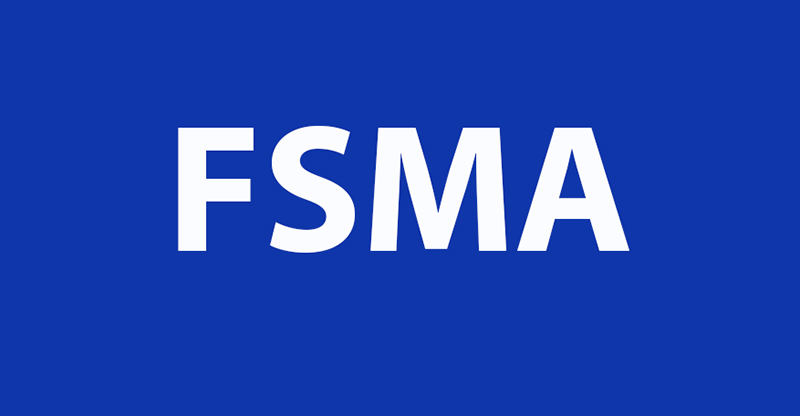FSMA Rules for Preventive Controls Finalized

More than a week after being submitted to the Federal Register, the rules for preventive controls for human food and animal feed have been finalized.
The Current Good Manufacturing Practice Hazard Analysis and Risk Based Preventive Controls for Human Food final rule includes the following key requirements:
- Covered facilities must establish and implement a food safety system with a written food safety plan that includes hazard analysis, preventive controls, and the oversight and management of preventive controls (this encompasses monitoring, corrective actions and verification).
- The “farm” definition has been clarified to include two types of farm operations, primary production farm and secondary activities farm. Such farms that conduct produce activities will also have to comply with the Produce Safety Rule (to be finalized at the end of October).
- A more flexible supply chain program, with separate compliance dates.
- Update and clarification to CGMPs.
This year’s Food Safety Consortium conference will feature first-hand perspectives from FDA and USDA on FSMA implementation and enforcement. REGISTER NOWCompliance dates range between one and three years depending on the size and type of business. Several guidance documents will be created by FDA in an effort to further help companies with compliance, including on hazard analysis and preventive controls, environmental monitoring, food allergen controls, and the validation of process controls.
The Federal Register will publish the 930-page document on September 17. In the meantime, the pre-publication version can be viewed here.
The Current Good Manufacturing Practice and Hazard Analysis and Risk-Based Preventive Controls for Food for Animals final rule includes the below key requirements:
- CGMPs established for the production of animal food, taking into account the diverse types of animal food facilities.
- Covered facilities must establish and implement a food safety system with a written food safety plan that includes hazard analysis, preventive controls, the oversight and management of preventive controls (this encompasses monitoring, corrective actions and verification), and a recall plan.
- A more flexible supply chain program, with separate compliance dates.
- The “farm” definition has been clarified to include two types of farm operations, primary production farm and secondary activities farm.
- Feed mills associated with farms (vertically integrated operations) are not covered.
As with the preventive controls for human food, FDA will be creating guidance documents that address CGMP requirements, hazard analysis and preventive controls, human food by-products for use as animal food, and a small-entity compliance guide.
The Federal Register will also publish this 666-page document on September 17. The pre-publication version can be viewed here.
At this year’s Food Safety Consortium Conference, the industry will have the opportunity to hear directly from FDA and USDA on what companies need to know to be FSMA compliant and how the agency will be enforcing the regulation. Michael Taylor, JD, deputy commissioner for foods and veterinary medicine at FDA, will delivery the opening plenary presentation, which will be followed by an “Ask the FDA” Q&A town hall meeting.